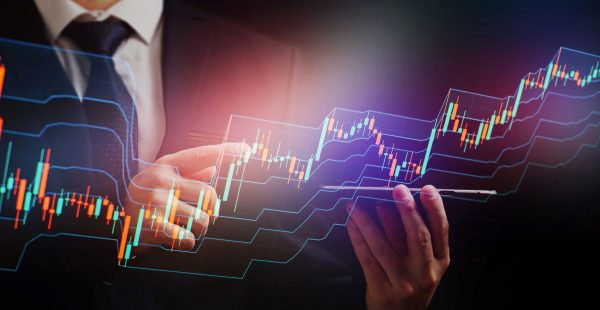Long Short approach key for Ausbil Global Resources

Ausbil’s Global Resources Fund has won the 2022 Financial Newswire-SQM Research Fund Manager of the Year Equity Long Short award amid a tight commodities market and accelerated moves towards decarbonisation.
Ausbil co-portfolio managers James Stewart and Luke Smith said their long short investment style enables the niche fund to perform well through extremely volatile periods, including this year’s global economic correction.
“We are long short, so we run a variable beta approach whereby we adjust our market exposure, so typically we run from -25% normal exposure up to +75%, and through the year we’ve been adjusting that depending on the market outlook,” Stewart said.
He said as a fund specialising in natural resources, they were in a market “which is broadly tight across most commodities” after years of under-investment in new mining projects.
Smith said Russia’s invasion of Ukraine in February, and the move away from relying on Russian resources, supported oil and gas prices but then fed into major issues in Western economies of supply chain security and high energy costs. China would continue to be a major driver for commodities, he said, accounting for around half of global demand.
“When we look within the resources complex, the discussion is clearly about deceleration in the west versus the acceleration activity in the east,” Smith said. “China has been slow through the first half given lockdowns, but we are seeing an acceleration in activity, albeit modestly, given the level of stimulus that’s being injected in the system.”
Smith said the fund was looking beyond major resource and oil and gas companies to target the decarbonisation space, and “you don’t have decarbonisation without metals” such as lithium, graphite, copper and nickel.
“Where the fund has been very successful in generating returns, really since inception, is by targeting opportunities in electric vehicles and the battery materials complex,” he said.
Stewart said they were very positive about the economics of investing in rare earths such as neodymium-praseodymium (NdPr), needed for high strength magnets in wind turbines and electric vehicles, because it was driving greater efficiency.
“In wind generation, the stronger the magnet, the more efficient it is,” Stewart said.
“With an electric motor, the stronger the magnet, the more efficient it is, so high strength EV motors are twice as efficient as they used to be. If you think about decarbonization, you’re burning half the coal to produce power, or you’re using half the energy to produce the same power. This trend towards efficiency is something we think the market is probably not yet focused on, and NdPr and rare earths are a key driver of that.”











Will APRA be meeting the super fund executives to discuss this matter over dinner, followed by drinks at a nearby…
So, given the vast majority of Australians bank with one of only four retail banks, which BTW represent nthe greatest…
Me to
Why do I get the feeling this will drag on and on for years and go in a big circle…
Perhaps if Jayaweera got himself a job within Treasury helping them persecute thousands of innocent advisers, he would have escaped…